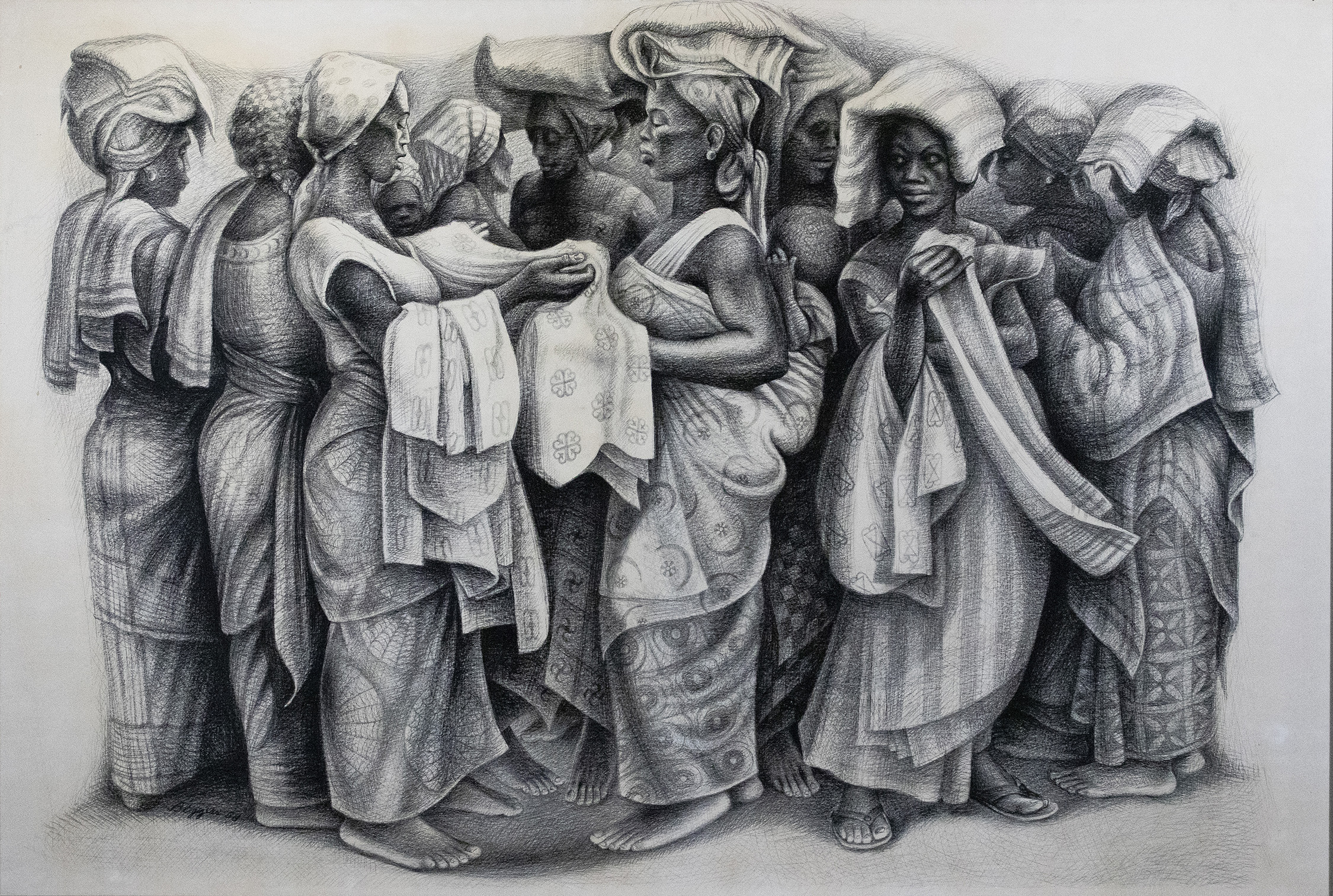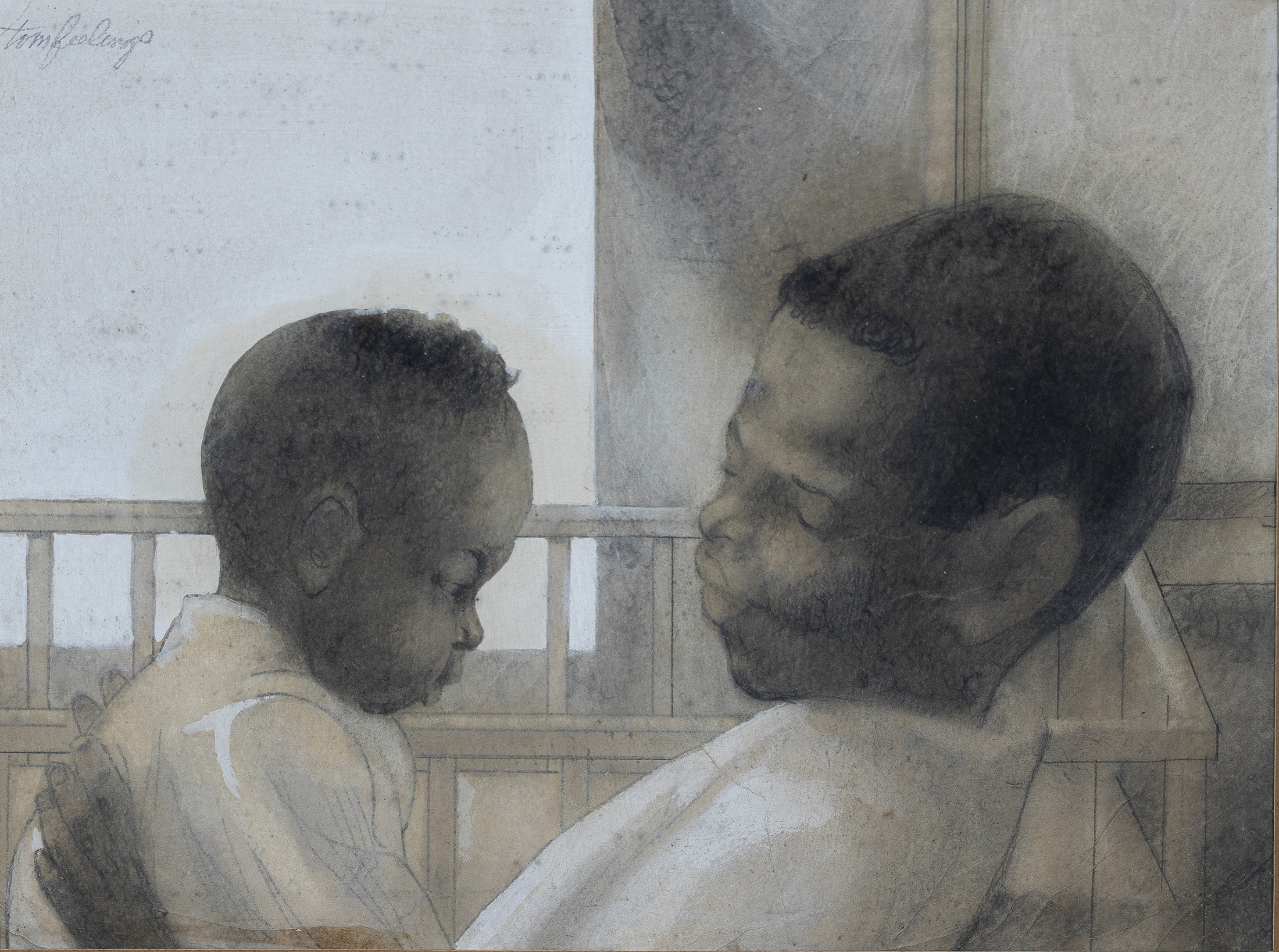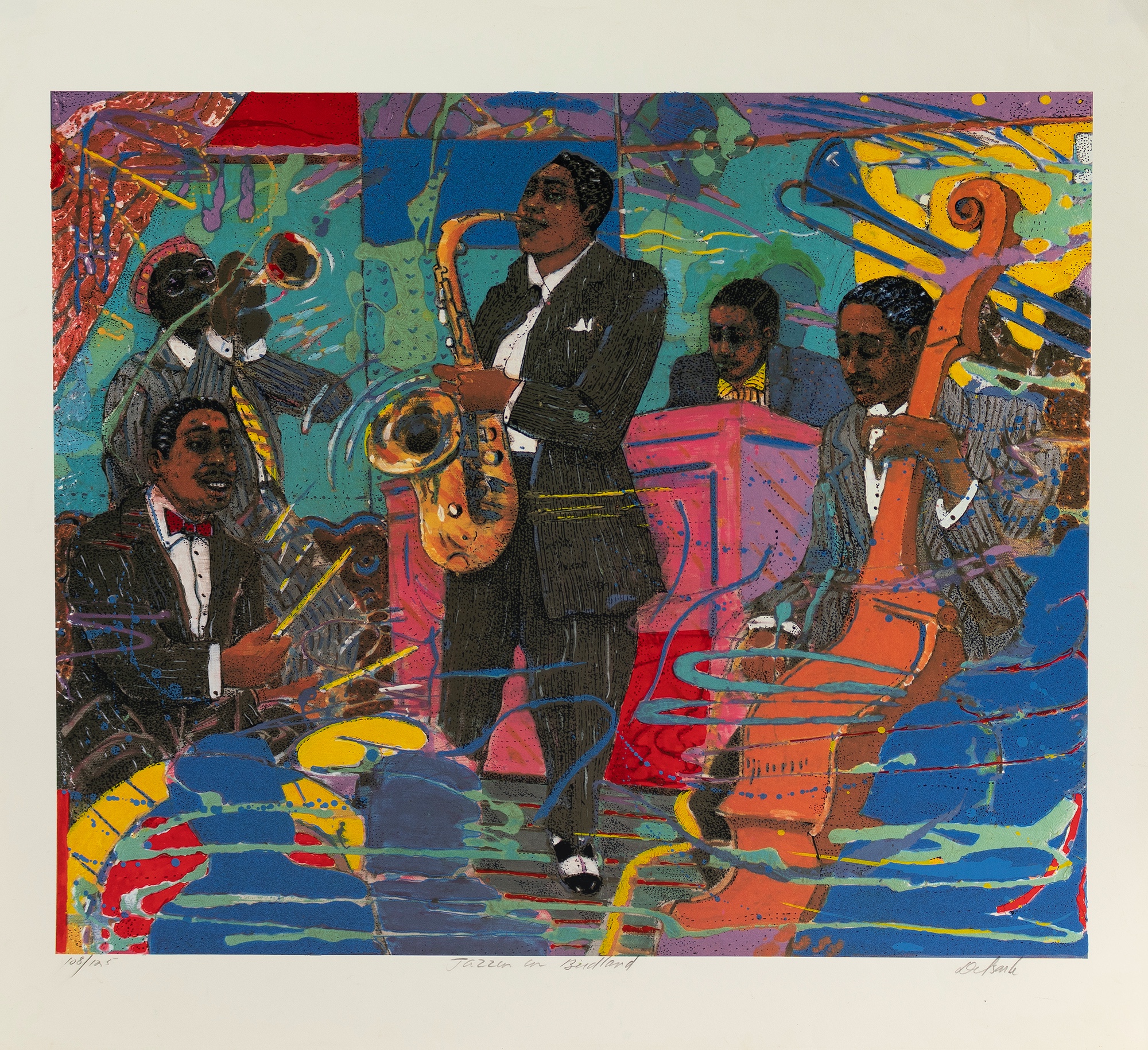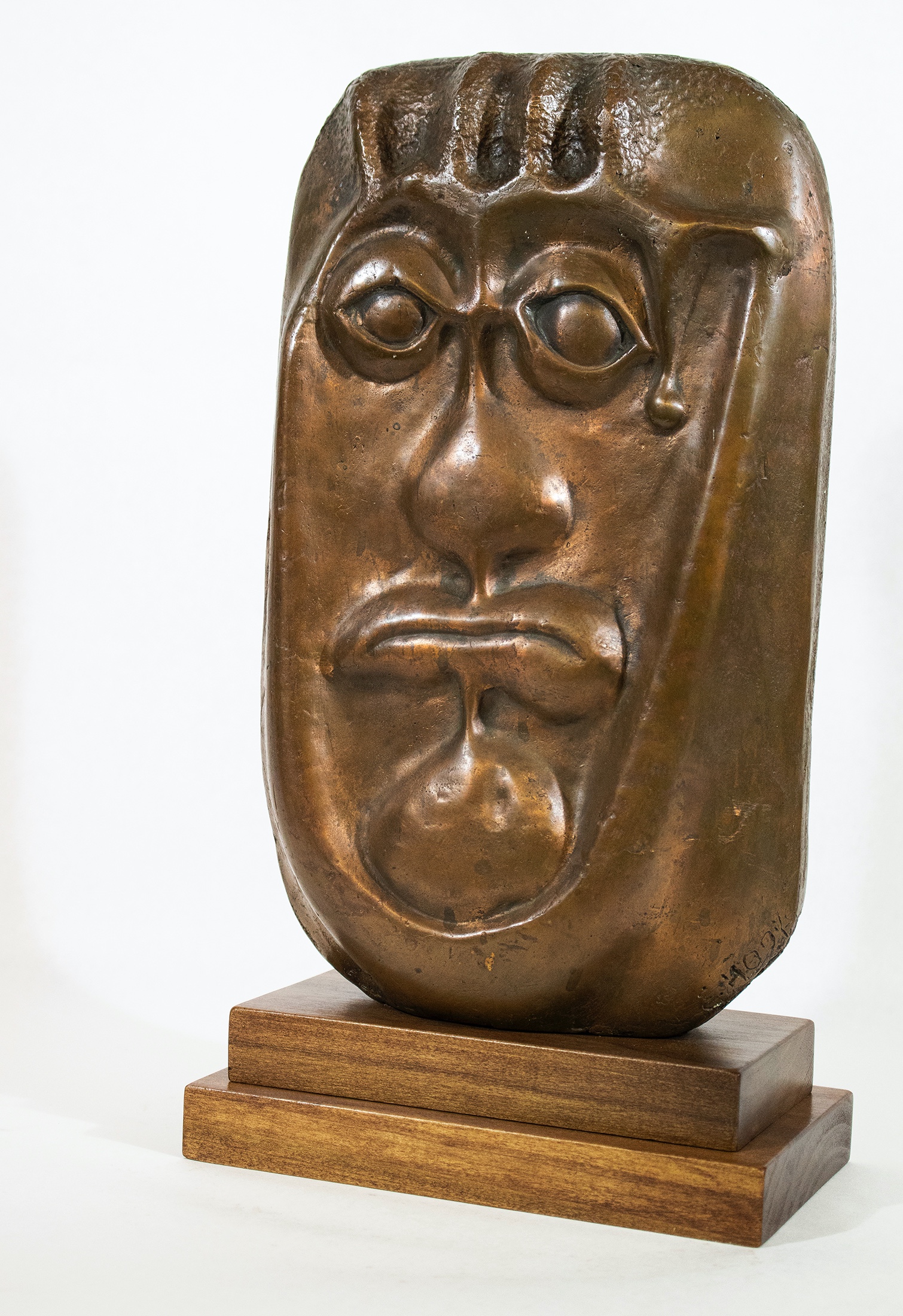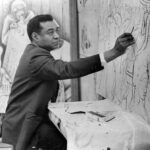 Born in North Carolina in 1924, John Biggers’ body of work experienced a constant evolution throughout his career. He was an accomplished draftsmen as well as muralist – adept at weaving southern African-American and African culture together – incorporating sacred geometry and complex symbolic elements.
Born in North Carolina in 1924, John Biggers’ body of work experienced a constant evolution throughout his career. He was an accomplished draftsmen as well as muralist – adept at weaving southern African-American and African culture together – incorporating sacred geometry and complex symbolic elements.
Biggers attended Hampton Institute (University) in the early 1940s, and befriended Charles White and Elizabeth Catlett. Much of his early work was social realist – depicting the everyday hard work and perseverance of the African American community.
In 1949, Biggers moved to Houston, TX and chaired the art department at Texas State University (later Texas Southern).
The artist yearned to penetrate the invisible but very real curtain which seemed to separate American blacks from Africans. For 15 years, he tried and failed to get fellowships to Africa. Finally he made it in 1957, on a UNESCO grant which provided seven months of living and traveling through Ghana and western Nigeria.
“I had a magnificent sense of coming home, of belonging,” he says – and he doesn’t mean it sentimentally.
“I recognized at once the Africanisms in our life in America, which we simply had not been able to recognize and to claim,” Biggers asserts.The sight of African men and women building their own houses, hewing and shaping their own ax handles, weaving their own quilts, making their own chairs, impressed him deeply. “And it reminded me of my own childhood times in North Carolina.”
-Ann Holmes, It is Almost Genetic, The ARTGallery Magazine, April 1970, p. 38.
Biggers’ work may be found in the collections of the Brooklyn Museum, NY; Atlanta University, GA; Barnett-Aden Collection, Washington D.C.; Dallas Museum of Art, TX; Howard University, Washington D.C.; and the Smithsonian American Art Museum. In 2019, his work was featured in The Web of Life: John Biggers and the Power of Pedagogy held at the Palmer Museum of Art, Penn State University, PA; and in 2021, Howard University Gallery of Art held the exhibition, Dirty South: Contemporary Art, Material Culture and the Sonic Impulse. which concluded at the Virginia Museum of Fine Arts, Richmond, VA on September 6.

